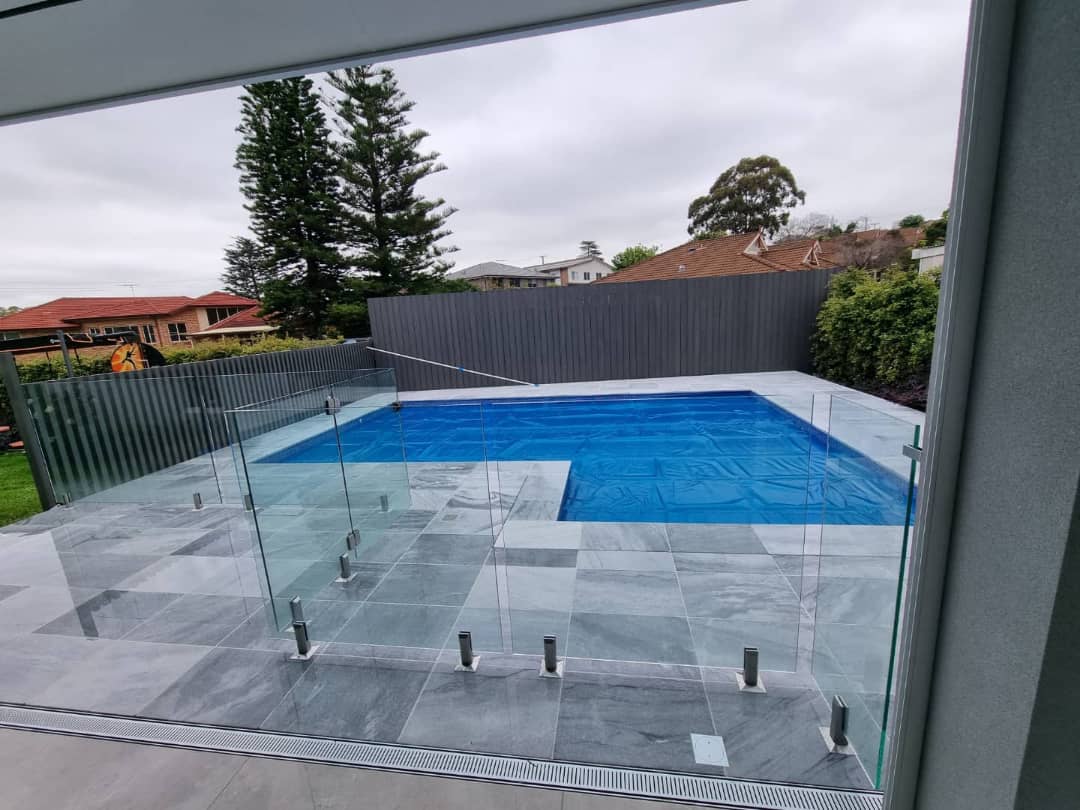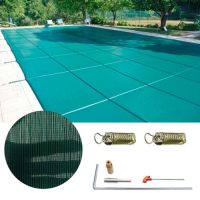Comments and Issues
Child safety procedures
Published
11 months agoon

Sadly, there is some level of danger around most fun activities. Growing up, the beach used to be the go-to spot for holiday fun, but after one too many kids drowned or got carried away by the waves, we stopped going. But that didn’t stop the bad news. I can remember sitting at home, missing the beach trips, while eating rice, and someone rushing in with another sad tale of kids drowning or getting carried away. There were lots of superstitious stories around these sad incidents, but they only served as a distraction.
These were a tragic reminder of the first rule in child safety: if everyone is watching the kids, then no one is watching the kids.
Always use closed-loop communication to assign and confirm a watcher.

Another fun activity gone wrong was pool parties. It was the in-thing until one too many drunk people fell into the pool and drowned at a particular time that everyone else didn’t seem to notice, and this led to lots of people boarding up their pools.
Another change that wasn’t a fun activity but a nice interior décor that had to go, was large glass doors, the wall-to-wall kinds that no matter how many stickers were put on them, people still walked right through them. Many parties ended when we had to rush another victim of this to the hospital.
Weeks ago, the child of an NFL player in the United States drowned in the swimming pool and I remember thinking that we’ve had two similar incidents here in Nigeria over the last few years and now is a good time for an important message because how long will you have to wait before you the next incident, I have had incidents hot water spills, I remember even plugging in an electric cold-water heater and not putting in enough water, and it got hot and exploded. This was a real-life incident, but nowadays we are having more fatalities, and the ride to the hospital is life or death in these situations, so we’re here to talk about basic procedures that you can put in place in your house to childproof it safely. Ensuring the safety of children at home is essential to preventing accidents and injuries. Here are some child-proof safety procedures that you can implement at home:
Secure cabinets and drawers: Keep all cabinets and drawers that contain hazardous materials or sharp objects locked or secured with child-proof latches. This includes cabinets containing cleaning supplies, medicine, and knives.
Cover electrical outlets: Use outlet covers or outlet plugs to prevent children from inserting their fingers or other objects into electrical outlets. Additionally, ensure that electrical cords are out of reach or hidden from sight.
Install safety gates: Use safety gates to block off staircases and other areas of the house that may be dangerous for children. Make sure the gates are installed properly and securely.
Keep hot items out of reach. Keep hot items, such as pots and pans, away from the edges of countertops and tables. Turn pot handles inward so that children cannot reach up and pull them down.
Lock doors: Keep doors leading to dangerous areas, such as the basement or garage locked. Also, ensure doors leading outside are locked and children cannot easily reach the keys.

Keep the bathroom safe. Install toilet locks to prevent children from drowning in the toilet. Keep razors, hair dryers, and other electronic devices out of reach. Always supervise children when they are in the bathtub.
Secure heavy furniture and Gadgets: Use brackets, anchors, or straps to secure heavy furniture, such as bookcases/ dressers and TVs, to the wall. This will prevent the furniture from tipping over and causing injuries.
Teach your children about safety. Teach your children about potential hazards in the home and how to avoid them. Emphasize the importance of not playing with matches, lighters, or other dangerous objects.
Secure and keep locked up all medications – ensure that any form of medication, no matter how mild, is not left around, they would always be treated like hazardous chemicals, brought out only for use and locked away immediately after.
Silence can be deadly – children like to make a ton of noise and that’s a good thing, it shows they are strong and healthy, when you should be worried, is whenever things go quiet and they aren’t taking a nap, it means either they are far from your hearing or up to something very mischievous. If things go quiet, make a habit of checking on them.

If it cuts lock it up: anything that can cut or stab like knives, scissors, blades, needles and pins should always be under lock and key when not in use by an adult.
Implementing these child-proof safety procedures at home can help keep your children safe and prevent accidents and injuries.
And for those who have swimming pools, their various safety gates and safety nets should come as part of the package when installing a pool. I mean, anyone who is installing a pool should make it mandatory that they sell it to you, educate you, and teach you about the dangers of having a pool at home. It should just be part of the package.
I believe that we have to understand this and I know every generation that says it, but the kids of this generation are a lot more active than we are, and maybe that’s a good thing as part of an evolutionary trend. They need to be smarter and faster than we were, so they need to be more curious, and it’s our job to protect them as they go along that journey.
OVIGHO RICHARD OKOJEVOH-CIEH.SMC.PMP.
Is a Scrum Master Certified, Project Management & HSE Professional, and the Executive Secretary of the Society for Health, Safety, and Environmental Education
Trending

 Football1 week ago
Football1 week agoGuardiola advised to take further action against De Bruyne and Haaland after both players ‘abandoned’ crucial game

 Health & Fitness2 days ago
Health & Fitness2 days agoMalaria Vaccines in Africa: Pastor Chris Oyakhilome and the BBC Attack

 Featured5 days ago
Featured5 days agoPolice reportedly detain Yahaya Bello’s ADC, other security details

 Comments and Issues1 week ago
Comments and Issues1 week agoNigeria’s Dropping Oil Production and the Return of Subsidy

 Education6 days ago
Education6 days agoEducation Commissioner monitors ongoing 2024 JAMB UTME in Oyo

 Business6 days ago
Business6 days agoMaida, university dons hail Ibietan’s book on cyber politics

 Crime6 days ago
Crime6 days agoPolice take over APC secretariat in Benue

 Business5 days ago
Business5 days agoDebt servicing gulps 56% of Nigeria’s tax revenue, says IMF

